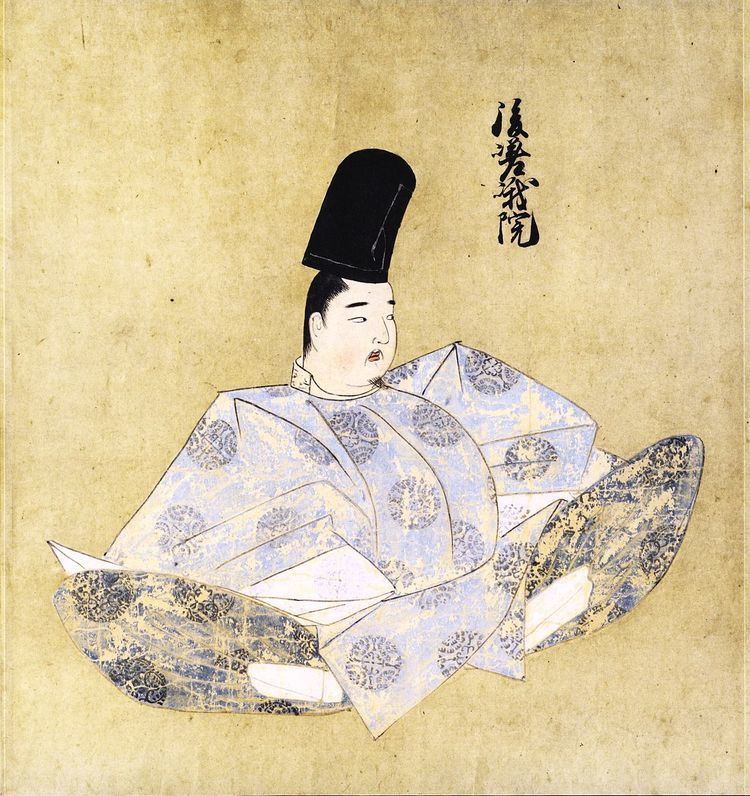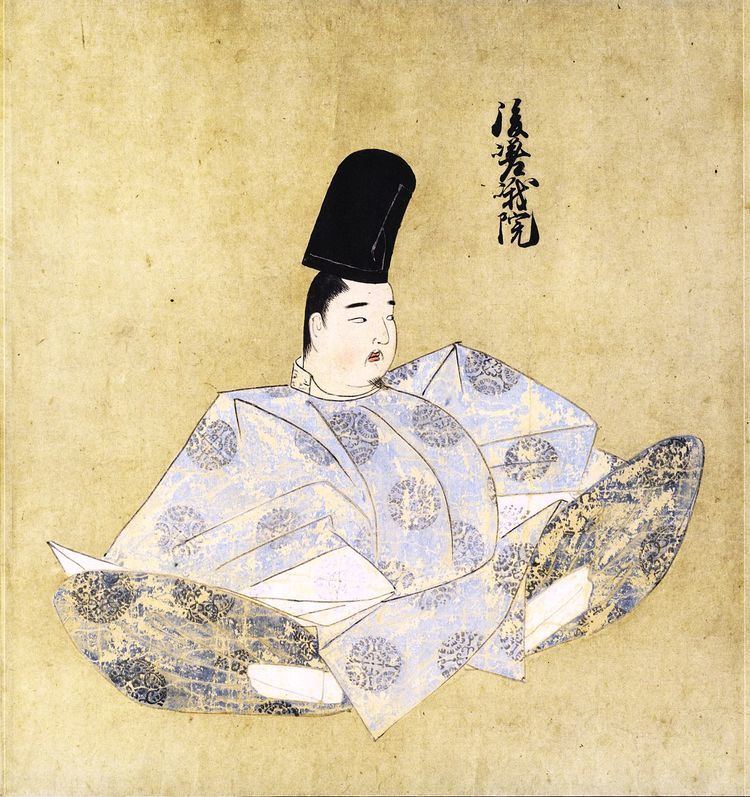Predecessor Shijo Died March 17, 1272 Role Sovereign | Name Emperor Go-Saga Successor Go-Fukakusa Spouse Fujiwara no Kitsushi | |
 | ||
Children Emperor Kameyama, Emperor Go-Fukakusa, Prince Munetaka Parents Tsuchimikado (Minamoto) no Michi-ko, Emperor Tsuchimikado Grandchildren Emperor Go-Uda, Emperor Fushimi Similar People Emperor Go‑Fukakusa, Emperor Kameyama, Emperor Jimmu, Kakuei Tanaka, Akihito | ||
Emperor Go-Saga (後嵯峨天皇 Go-Saga-tennō) (April 1, 1220 – March 17, 1272) was the 88th emperor of Japan, according to the traditional order of succession. This reign spanned the years 1242 through 1246.
Contents

This 13th-century sovereign was named after the 8th-century Emperor Saga and go- (後), translates literally as "later"; and thus, he is sometimes called the "Later Emperor Saga". The Japanese word go has also been translated to mean the "second one;" and in some older sources, this emperor may be identified as "Saga, the second," or as "Saga II."
Genealogy
Before his ascension to the Chrysanthemum Throne, his personal name (his imina) was Kunihito-shinnō (邦仁親王).
He was the second son of Emperor Tsuchimikado, and second cousin of his predecessor Emperor Shijō.
Events of Go-Saga's life
He ruled from February 21, 1242 to February 16, 1246.
When Emperor Tsuchimikado moved to Tosa Province (on Shikoku), he was raised by his mother's side of the family.
Because of the sudden death of Emperor Shijō at the age of 10, the question of succession arose. Because the expectations of the court nobility and the Bakufu conflicted, the issue was bitterly contested. Kujō Michiie and the court nobility supported Prince Tadanari (忠成王), a son of Retired Emperor Juntoku, but the shikken Hōjō Yasutoki was opposed to the sons of Juntoku because of his involvement in the Jōkyū War. Michiie instead supported Tsuchimikado's son Prince Kunihito as a neutral figure for Emperor. During these negotiations, there was a vacancy on the throne of 11 days.
In 1242, Prince Kunihito became emperor. In 1246 he abdicated to his son, Emperor Go-Fukakusa, beginning his reign as cloistered emperor. In 1259, he compelled Emperor Go-Fukakusa to abdicate to his younger brother, Emperor Kameyama. Imperial Prince Munetaka became shōgun instead of the Hōjō regents. Henceforth, the shōguns of the Kamakura Bakufu came from the imperial house. Still, the Hōjō regents increased their control of the shogunate, setting up the system of rule by regents.
The descendants of his two sons contested the throne between them, forming into two lines, the Jimyōin-tō (Go-Fukakusa's descendants) and the Daikakuji-tō (Kameyama's descendants).
In 1272, Go-Saga died.
Go-Saga's final resting place is designated as an Imperial mausoleum (misasagi) at Saa no minami no Misasagi in Kyoto.
Kugyō
Kugyō (公卿) is a collective term for the very few most powerful men attached to the court of the Emperor of Japan in pre-Meiji eras. Even during those years in which the court's actual influence outside the palace walls was minimal, the hierarchic organization persisted.
In general, this elite group included only three to four men at a time. These were hereditary courtiers whose experience and background would have brought them to the pinnacle of a life's career. During Go-Saga's reign, this apex of the Daijō-kan included:
Eras of Go-Saga's reign
The years of Go-saga's reign are more specifically identified by more than one era name or nengō.
